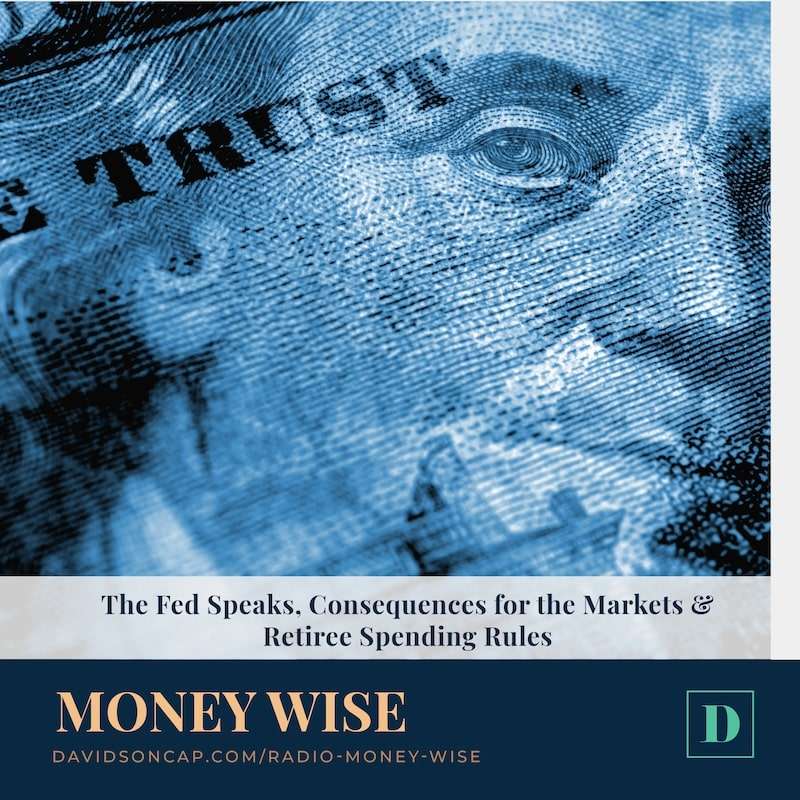Answering Fundamental Questions to Strengthen Your Investing Knowledge
If someone approached you on the street and asked you to define the term “stock”, would you be able to provide a clear answer? What if they asked you how a stock is priced? Whether you’re a seasoned investor or just getting started, the nitty-gritty of investing terminology can trip you up. However, if you want to find lasting investing success, one of the best things you can do is to continually educate yourself, even on details you might think you intuitively understand. In today’s article, we’re going back to the basics to talk in-depth about what a stock is and how they are priced.
So, what is a stock?
Simply put, a stock is a piece of ownership in a company. Companies sell stock as a way to raise capital so that they can grow, cover business expenses, or minimize their debt. Once you purchase stock in a company, you own a little piece of it, meaning you’re now a shareholder in that company. This means you’re privy to shareholder benefits such as dividends or having a say in the direction of the company through voting rights.
How are stock prices determined?
When it comes to pricing stock, there are four components at play that you should be aware of:
1. Earnings
One of the most obvious factors that help determine the price of a stock is how much money the company is making. Logic follows that if a company has a strong business model, then they should be generating strong earnings. A stock’s earning per share, also sometimes referred to as an earnings call, lets shareholders know how much a publicly traded stock is earning.
SEE ALSO: How to Gift Shares of Stock to Charity
2. Dividends
Once a company achieves financial stability and begins making profits, they can pay out cash to shareholders in the form of dividends. Dividends are an important part of a company’s valuation because when a company can do this for their shareholders, they’re providing value. Dividends are so important that 84% of the S&P 500’s total return going back to 1960 came from dividends.
3. Speculation
There’s a particular formula at play when you’re looking at the valuation of a stock in relation to the earnings or when you want to determine how much a private company is valued. It’s referred to as the Price to Earnings ratio, or more commonly, the PE ratio. The PE ratio takes the current stock price and divides it by the earnings per share to determine how much an investor is willing to pay for one dollar of earnings.
This can be difficult to understand so let’s look at an example. Say a company is looking for investors. When they value their business, they’re going to use a multiple of the company’s actual earnings. So, say a company generated $250,000 in revenue but they add a 4x multiplier to it, meaning they would value their company at $1,000,000. This is tricky because sometimes companies use too high of a multiplier and end up over-valuing their company. However, if what they’re offering is new and exciting, then a high multiplier may be justified.
This is how speculation and valuation work together within the market. A company with a PE ratio of three is trading at three times its actual earnings; a company with a PE ratio of 50 is trading at 50 times its earnings. Investors in companies with high PE ratios have to ask themselves if the company is really worth such a large disconnect between their earnings and their actual share price. This is how speculation influences the price of a stock over time.
SEE ALSO: Trading vs. Investing: Key Differences
4. Fed Liquidity
If you read or watch the financial news, then you’re likely to hear a lot about what the Federal Reserve is doing with interest rates, along with various monetary policies. This is because the Fed’s moves have a direct impact on stock prices. It is responsible for shaping the environment in which we trade stocks, so if the Fed creates an environment where there is an abundance of cash, i.e., liquidity, but there’s no real place to get interest on that cash, then consumers are forced to go to the stock market. As the demand goes up, there will be a corresponding spike in stock prices. This is a big reason as to why we’ve seen such historic stock growth in recent years.
Fed liquidity works in the other direction, as well. If liquidity is low while rates are high, investors will be less inclined to invest in the market and instead favor options that gain risk-free interest. This can cause the stock market to slow down and explains why stock growth is often slower when interest rates are rising, rather than when rates are lower.
Concluding Thoughts
There are many factors that go into determining how a stock is priced but understanding the above key elements is a good place to start. And all these factors intersect and play on one another to either raise or lower the price of a stock. Once you have a strong grasp on how stock prices are determined, you’ll be able to better understand your portfolio and make smarter investment decisions. You can begin looking at the bigger picture and thinking about ways current economic events – such as inflation or rising interest rates – may influence your own investment strategy.
Of course, investing can be a complex process and you have a lot riding on making smart decisions with your money. If you’re ready to partner with a professional Registered Investment Advisor (RIA) to build a portfolio that serves your needs today and into the future, let’s talk. Give us a call today to learn more about what Davidson Capital Management has to offer. We have financial advisors in San Antonio & Corpus Christi ready for you to schedule a call.
Want more investor education content right now? Check out our Money Wise Podcast!




